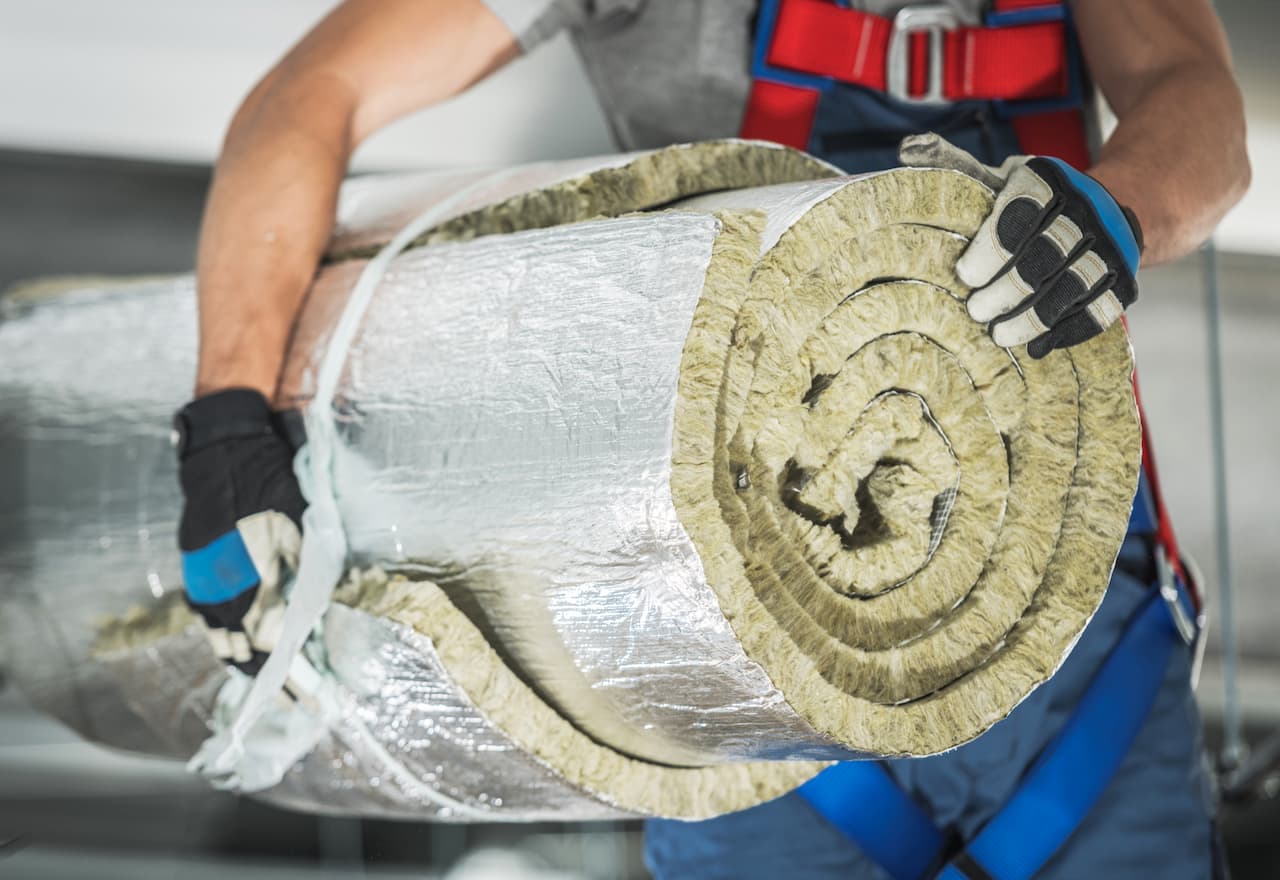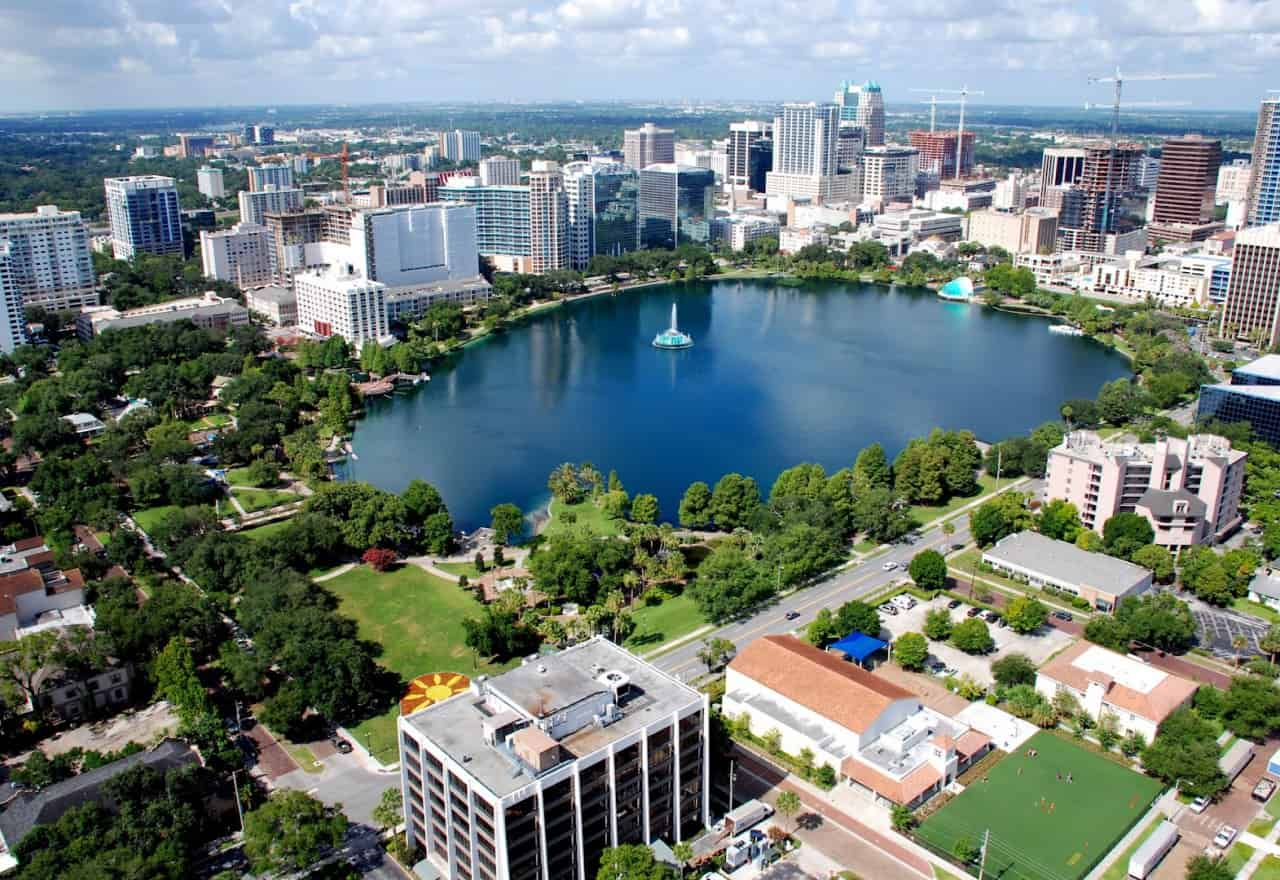Insulation is one of the most impactful ways to enhance your home’s energy efficiency, reduce utility costs, and create a comfortable living environment year-round. Whether you’re building a new home or upgrading an existing one, understanding the different types of insulation available can help you make informed decisions for sustainable energy solutions.
Beyond just saving energy, insulation also improves the overall health of your home. By reducing drafts and preventing moisture buildup, proper insulation protects against mold and mildew, ensuring a healthier indoor environment. It also contributes to the longevity of your home by safeguarding its structure from temperature extremes and weather-related damage.
In this guide, we’ll explore the various insulation options, their benefits, and how proper insulation can transform your home into a more energy-efficient and environmentally friendly space.
Why Proper Insulation Matters
Proper insulation acts as a barrier that reduces heat flow, keeping your home warmer in the winter and cooler in the summer. By minimizing the exchange of indoor and outdoor air, it ensures a stable and comfortable indoor environment regardless of the season. This not only enhances comfort but also significantly lowers energy consumption by reducing the workload on your heating and cooling systems. In turn, this results in lower utility bills and prolonged equipment lifespan.
Inadequate or outdated insulation can lead to energy loss, uneven indoor temperatures, and higher monthly costs. Moreover, poor insulation can allow moisture infiltration, which may cause structural damage or foster mold growth over time. By investing in effective insulation solutions, you not only create a more sustainable and cost-efficient home but also protect its structural integrity and ensure a healthier living environment for your family.
Types of Insulation: Which One is Right for You?
Choosing the right insulation depends on factors such as your home’s structure, climate, and specific energy needs. Here are some popular insulation options:
Fiberglass Insulation
Fiberglass insulation, made from fine glass fibers, is one of the most common and cost-effective choices for homeowners. Available in batts, rolls, or loose-fill, it is easy to install and works well in walls, attics, and floors. Its thermal resistance (R-value) is moderate, making it suitable for a variety of climates. However, proper installation is crucial to avoid gaps that can compromise its effectiveness. Fiberglass insulation is also non-combustible, adding a layer of safety to your home.
Spray Foam Insulation
Spray foam insulation is a versatile and highly effective solution for sealing gaps, cracks, and hard-to-reach areas. Upon application, it expands to fill spaces, creating an airtight seal that significantly reduces heat transfer and air leakage. It offers one of the highest R-values per inch, making it ideal for energy-conscious homeowners. Spray foam is particularly beneficial in irregularly shaped areas, basements, and around plumbing fixtures. However, it is more expensive than other options and typically requires professional installation.
Cellulose Insulation
Cellulose insulation, made from recycled paper products, is an eco-friendly option that provides excellent thermal performance and soundproofing. Treated with fire-retardant chemicals, it is safe and effective for use in walls, attics, and crawl spaces. Its ability to densely pack into cavities reduces air movement, making it an excellent insulator. Cellulose is also a sustainable choice for environmentally conscious homeowners, though it may settle over time and require reapplication in certain areas.
Rigid Foam Insulation
Rigid foam insulation is composed of polystyrene, polyisocyanurate, or polyurethane panels that deliver exceptional thermal resistance. These panels are ideal for insulating exterior walls, basements, and roofs. Due to its high R-value and moisture resistance, rigid foam is often used in areas prone to dampness or temperature extremes. While it is more expensive upfront, its durability and performance make it a long-term investment. Installation requires precision, as gaps between panels can diminish its effectiveness.
Each type has unique properties, and consulting a professional can help you determine the best fit for your home’s needs.
Benefits of Effective Insulation
Investing in quality insulation comes with numerous advantages:
Energy Savings: Proper insulation reduces energy consumption by minimizing heat transfer, which translates to lower utility bills. Over time, these savings can add up, making insulation one of the most cost-effective upgrades for any home.
Enhanced Comfort: Insulation helps maintain consistent indoor temperatures, ensuring your home feels cozy no matter the season. Say goodbye to drafts and cold spots during the winter, and enjoy a cool, pleasant atmosphere in the summer months.
Environmental Impact: Reducing energy use means lowering your home’s carbon footprint, contributing to a greener planet. Homes with proper insulation require less energy to heat and cool, supporting sustainability efforts and reducing greenhouse gas emissions.
Soundproofing: Many insulation types also dampen noise, creating a quieter indoor environment. Whether it’s muffling outdoor sounds or minimizing noise between rooms, insulation enhances privacy and serenity within your home.
The benefits of effective insulation go beyond energy efficiency. From cost savings to environmental sustainability, insulation transforms your home into a more comfortable, quiet, and eco-friendly space. By choosing the right insulation for your needs and ensuring proper installation, you can enjoy these advantages for years to come. Insulation is more than a home improvement—it’s an investment in your quality of life and the future of our plane
Comparing Insulation Types: Cost vs. Efficiency
Understanding the cost-effectiveness of insulation is crucial for making the right choice. Each type of insulation has its unique advantages and cost implications:
Fiberglass Insulation
This affordable and widely accessible option is easy to install and offers reliable performance for standard applications. It is ideal for homeowners on a budget who still want effective thermal resistance. However, gaps during installation can reduce efficiency, making proper placement critical.
Spray Foam Insulation
With its high R-value per inch, spray foam provides superior energy efficiency by creating an airtight seal. While it is more expensive upfront, the long-term savings on energy bills often offset the initial cost. It is an excellent choice for irregular spaces and areas prone to air leakage.
Cellulose Insulation
As a middle-ground solution, cellulose insulation appeals to eco-conscious homeowners due to its recycled content and affordability. It combines good thermal resistance with soundproofing properties. Although it may require occasional reapplication, its sustainable nature makes it a compelling option.
Rigid Foam Insulation
Known for its exceptional thermal performance and moisture resistance, rigid foam is a premium choice for specific applications like basements and exterior walls. While the upfront cost is higher, its durability and efficiency justify the investment in the long run.
By assessing your budget, energy goals, and home’s specific needs, you can identify the insulation type that offers the best balance between cost and efficiency.
Choosing the right insulation is not just a financial decision but a strategic investment in your home’s comfort, energy efficiency, and sustainability. Balancing initial costs with long-term benefits ensures you make a choice that aligns with your needs and values. Whether you prioritize budget-friendly solutions like fiberglass or opt for high-performance options like spray foam or rigid foam, proper installation is key to maximizing the benefits. Consult with professionals to ensure your insulation provides optimal performance, making your home a model of energy efficiency and comfort.
Steps to Insulate Your Home Effectively
- Assess Current Insulation: Start by conducting an energy audit to pinpoint areas in your home where insulation is lacking or outdated. This step ensures you target the most vulnerable spots, such as attics, basements, and walls, where heat loss or gain is most significant.
- Choose the Right Insulation Type: Evaluate your home’s specific needs and the climate you live in to select the most suitable insulation type. Whether it’s fiberglass for affordability, spray foam for air-tight sealing, or cellulose for eco-friendly coverage, making an informed choice is crucial. Consulting a professional can help you align your goals with the best materials.
- Seal Gaps and Cracks: Before installing insulation, it’s essential to ensure your home is airtight. Seal leaks around windows, doors, electrical outlets, and vents using caulk or weatherstripping. This step prevents drafts and maximizes the effectiveness of your insulation.
- Install Insulation: Proper installation is key to achieving optimal performance. Follow manufacturer guidelines meticulously or hire a certified professional to ensure the insulation is applied evenly and covers all necessary areas. Correct installation prevents energy loss and ensures long-term efficiency.
- Maintain and Upgrade: Periodic inspections are necessary to ensure your insulation remains in good condition. Over time, insulation can settle, compress, or degrade. Replace or upgrade areas as needed to maintain peak performance and keep energy costs low.
Maximizing Insulation Impact: What’s Next?
Understanding insulation is the first step toward creating a home that is efficient, comfortable, and environmentally friendly. But beyond installation, integrating insulation into a broader energy management strategy can amplify its impact. Consider pairing your insulation upgrades with energy-efficient windows, smart thermostats, or solar panels to further reduce energy costs and enhance your home’s sustainability. Regular maintenance and periodic energy audits will also ensure your insulation continues to perform at its peak.
Insulation as a Sustainable Investment
Choosing the right insulation is not just a financial decision but a strategic investment in your home’s comfort, energy efficiency, and sustainability. Balancing initial costs with long-term benefits ensures you make a choice that aligns with your needs and values. Whether you prioritize budget-friendly solutions like fiberglass or opt for high-performance options like spray foam or rigid foam, proper installation is key to maximizing the benefits. Consult with professionals to ensure your insulation provides optimal performance, making your home a model of energy efficiency and comfort.
Insulating your home effectively requires a combination of thoughtful planning, the right materials, and proper execution. By addressing gaps, selecting suitable insulation, and staying proactive with maintenance, you can create a home that is not only comfortable but also energy-efficient and cost-effective. A well-insulated home is an investment in sustainability, comfort, and savings that pays off for years to come.
Bring Comfort and Savings Home with The Efficiency Experts
Effective insulation is the cornerstone of an energy-efficient home. At The Efficiency Experts, we specialize in identifying and implementing the best insulation solutions tailored to your needs. From expert consultations to professional installations, we ensure your home achieves optimal comfort and energy savings. Contact us today to schedule your free home energy evaluation and discover how we can transform your home into a sustainable and efficient living space.




